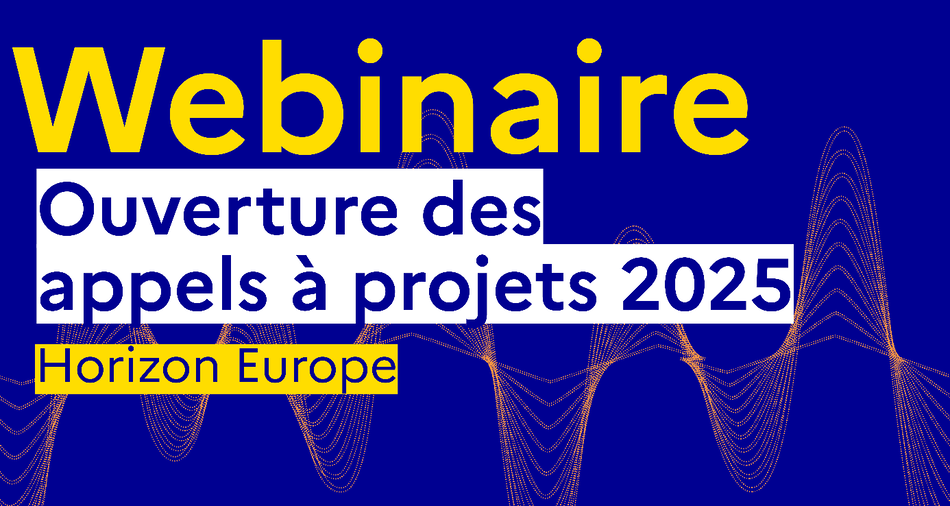Description :
Expected Outcome:
Project results are expected to contribute to the following expected outcomes.
- Environment. AI will enable the optimisation of aircraft trajectories, potentially reducing the aviation environmental footprint.
- Capacity. AI will play a fundamental role in aviation/ATM to address airspace capacity shortages, enabling dynamic configuration of the airspace and allowing dynamic spacing separation between aircraft.
- Cost-efficiency. AI will enrich aviation datasets with new types of datasets, unlocking air–ground AI-based applications, fostering data-sharing and building up an inclusive AI aviation–ATM partnership. This will support decision-makers, pilots, ATCOs and other stakeholders, bringing benefits in cost-efficiency by increasing ATCO productivity (reducing workload and increasing complexity capabilities).
- Operational efficiency. Increasing predictability will be a key function of AI, as it will enable traffic predictions and forecasts that will boost punctuality.
- Safety. Safety science will need to evolve to cope with the safety challenges posed by the introduction of ML. Current safety levels will be at least maintained using this technology.
- Security. AI will make it possible to stay cyber-resilient in the face of new technologies and threats; the objective is to maintain a high level of security.
Scope:
To achieve the expected outcomes, all or some of the following should be addressed.
- AI-powered applications for higher levels of automation. This will involve the development of AI-powered applications supporting the transition to automation level 4 (R&I needs: trustworthy AI-powered ATM environment; AI for prescriptive aviation). It includes, for example, the following features.
- AI-powered applications supporting next generation ATC platforms. The research will involve the development of innovative AI applications and advanced HMI for ground systems. This includes support tools for complex operations as well as for the safe integration of new entrant aircraft types (i.e. UAVs, supersonic aircraft, hybrid and fully electric aircraft) into an increasingly busy, heterogeneous and complex traffic mix.
- AI-powered applications supporting next generation airborne platforms. The research will involve the development of intelligent augmentation tools enabling autonomous operations (e.g. vision-based navigation or trajectory optimisation).
- AI development infrastructure and services. This relates to the development of an appropriate aviation/ATM AI infrastructure supporting AI-enabled applications, with the required software development processes, using robust architectures for ATC systems to provide ATCOs and pilots with a good level of confidence in automated decision-aiding tools (R&I needs: trustworthy AI-powered ATM environment; AI for prescriptive aviation; AI Improved datasets for better airborne operations). It includes, for example, the following features.
- Cloud infrastructure and services. The research will involve the development of an AI-powered cloud infrastructure and services for automation level 4 and above. This will include the development of ATM processes from which analysis and prediction are particularly likely to benefit.
- Trustworthiness and explainability. The research will involve the development of new methodologies for the validation and certification of advanced automation, including in relation to cybersecurity that ensures transparency, legal aspects, and robustness and stability under all conditions. The methodologies should take into full consideration a future ATM environment built on multiple AI algorithms, a system of systems with a human-centric approach. They should also cover abnormal situation management.
- AI-powered digital assistants. With a view to achieving automation level 4, this element will involve the development of human–machine joint cognitive systems in which a digital assistant proposes the best possible options to the human (with regard to flows, sequences, safety nets, etc.) and solves complex situations using machine-to-machine communication (R&I need: human–AI collaboration: digital assistants). It includes, for example, the following features.
- Airborne digital assistant. The results of the research will support pilots and reduce their workload (e.g. by automating non-critical tasks and adapting the HMI during operations). This is a first step towards introducing the artificial co-pilot necessary for future operations such as single-pilot operations.
- Ground digital assistant. The research will contribute to increasing ground operators’ (e.g. ATCOs’) capabilities during complex scenarios and reducing workload in order to allow them to focus on high-added-value activities and strategic planning, for example by proposing the best possible options to the controller (with regard to flows, sequences, safety nets, etc.) while solving complex trajectory situations using machine-to-machine communication between airspace users. AI-based human operator support tools that ensure the safe integration of new entrant aircraft types into an increasingly busy, heterogeneous and complex traffic mix (i.e. UAVs, supersonic aircraft, hybrid and fully electric aircraft) should be developed.
- Air–ground synchronisation. The research will involve the development of air–ground applications to automatically negotiate trajectory changes and achieve the best possible air traffic patterns (for environmental sustainability, safety, etc.).
- Intelligent training systems. This covers the design and implementation of intelligent systems to perform automated ATCO training, including the use of AI-based techniques to evaluate actions and enhance skills in a tailored fashion.





